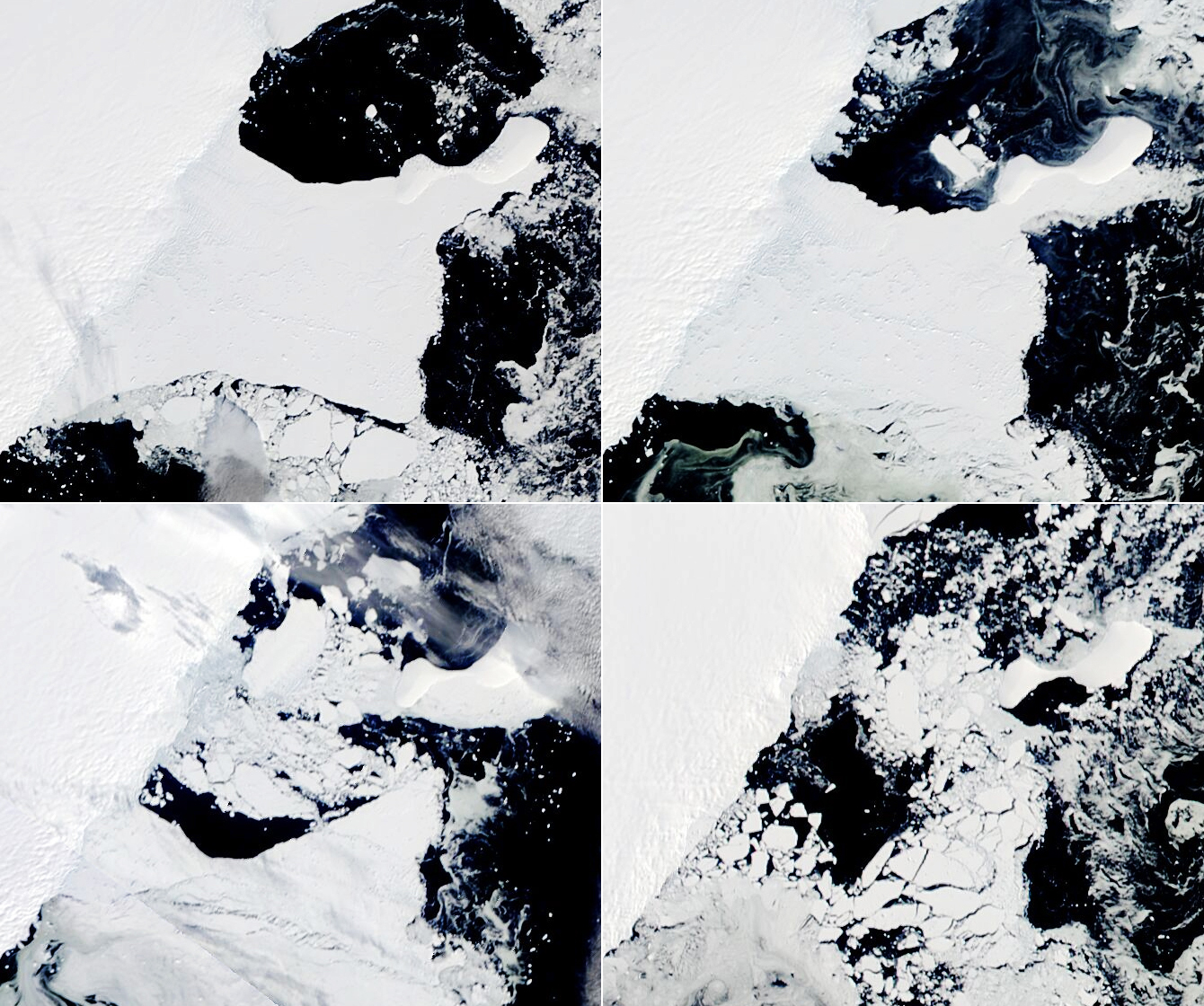Attachments
Note: Not all attachments are visible to the general public. Research URLs will go live after the embargo ends.

Research
Springer Nature, Web page
Please link to the article in online versions of your report (the URL will go live after the embargo ends).
Journal/
conference: Nature Geoscience
conference: Nature Geoscience
Research:Paper
Organisation/s:
Australian Antarctic Program Partnership (AAPP), Institute for Marine and Antarctic Studies (IMAS), University of Tasmania, Woods Hole Oceanographic Institution, USA
Funder:
The work at the Woods Hole Oceanographic Institution was supported
by a NASA Cryosphere grant 80NSSC22K0380 (C.C.W.) and NASA
Physical Oceanography grant 80NSSC23K0356 (C.C.W.). The work
at the Institute for Marine and Antarctic Studies was supported
through the Australian Government as part of the Antarctic Science
Collaboration Initiative programme and an Australian Research
Council Future Fellowship (FT230100234, A.D.F.). Contributions
to this work were made at the Jet Propulsion Laboratory, California
Institute of Technology (A.C. and S.M.), under a contract with the
National Aeronautics and Space Administration. Work at the University
of California San Diego–Scripps Institution of Oceanography was
supported by a NASA ICESat-2 Science Team grant 80NSSC23K0934
(H.A.F., S.A. and C.R.).



 Australia; International; TAS
Australia; International; TAS


